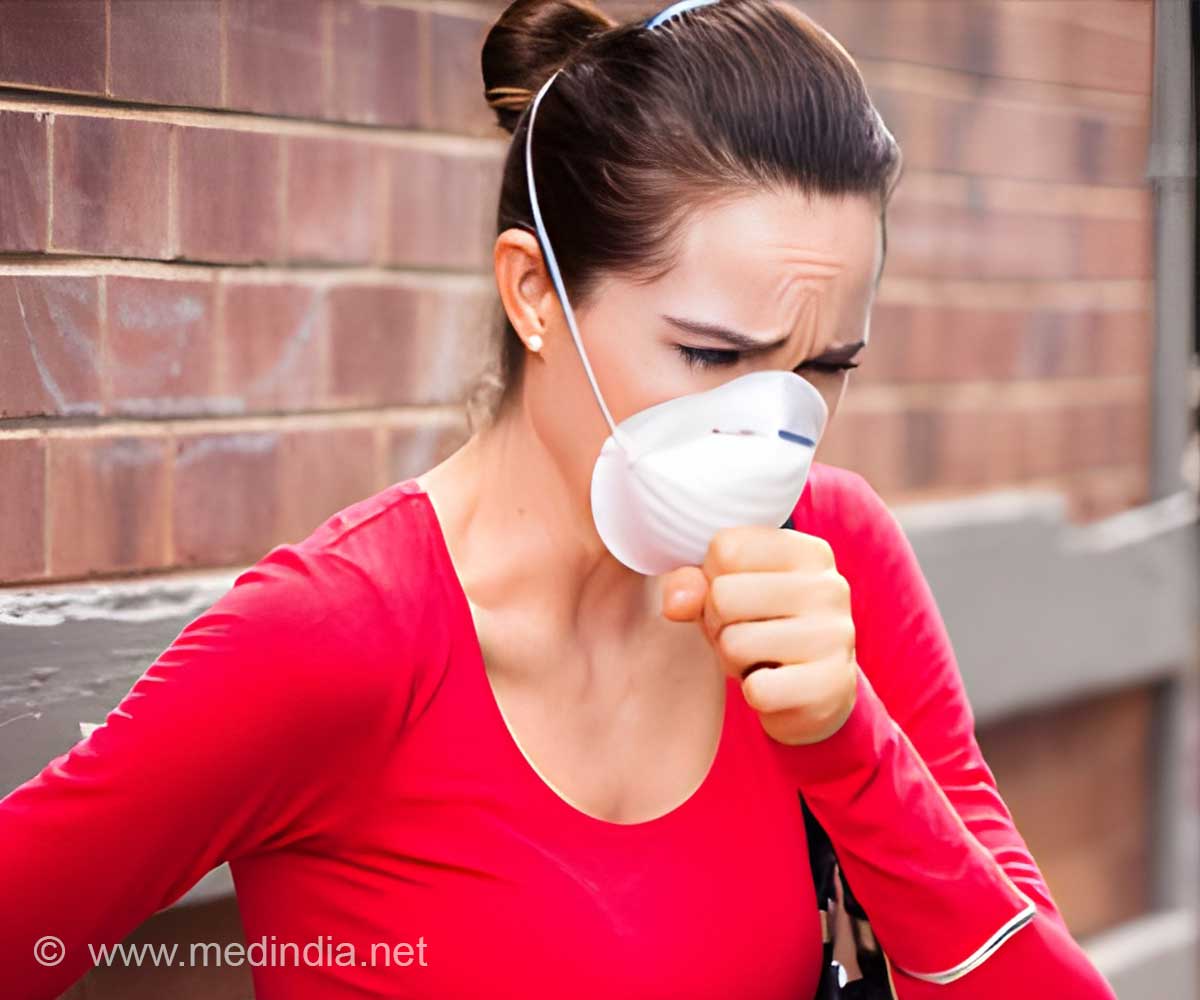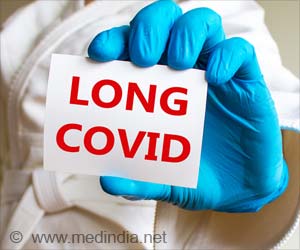Wearing a mask has become a mandatory action to slow the spread of surging COVID-19. But if it’s not accompanied by proper public education, the practice could lead to more infections.

‘Wearing a mask has become a mandatory action to slow the spread of surging COVID-19. But if it’s not accompanied by proper public education, the practice could lead to more infections. It was also found that those who wore masks had a deceptive sense of being protected and had more interactions with other people as compared with those who didn't. This results in a higher proportion of population contracting the coronavirus.’





It was found that the prime risk factor for the transmission of the disease was the number of daily contacts participants had with other adults and seniors. Those who wore masks had more of these daily contacts compared with those who didn't – basic human psychology, and a higher proportion contracted the virus as a result. "When you wear a mask, you may have a deceptive sense of being protected and have more interactions with other people. Messaging that people need to wear a mask is essential, but insufficient. It should go hand in hand with education that masks don't give you a free pass to see as many people as you want. You still need to strictly limit your contacts", says Eline van den Broek-Altenburg, an assistant professor and vice chair for Population Health Science in the Department of Radiology at the Larner College of Medicine and the study's principal investigator.
The study also found that a higher proportion of those living in apartments were infected with the virus compared with those who lived in single family homes – as the number of people you visit raises in apartments.
COVID-19 transmission
The survey found that 2.2 percent of the survey group had contracted the virus, suggesting that an estimated 3,621 Chittenden County residents were likely to have become ill, compared with just 662 reported cases, just 18%. That figure translates to a hospitalization rate of 1.2% and adjusted infection fatality rate of 0.55% – an important finding for policy-makers.
Advertisement
Out of 454 survey respondents who took the serologic test, only 10 had antibodies for COVID-19, and one tested positive for the virus. Given the small number, researchers simplified their models and were able to reach a high confidence level in the two key findings.
To create the study group, the researchers sent a survey to 12,000 randomly selected people between the ages 18 and 70 who had at least one primary care visit at the University of Vermont Medical Center, which services primarily north-western Vermont, in the past three years.
Source-Medindia












